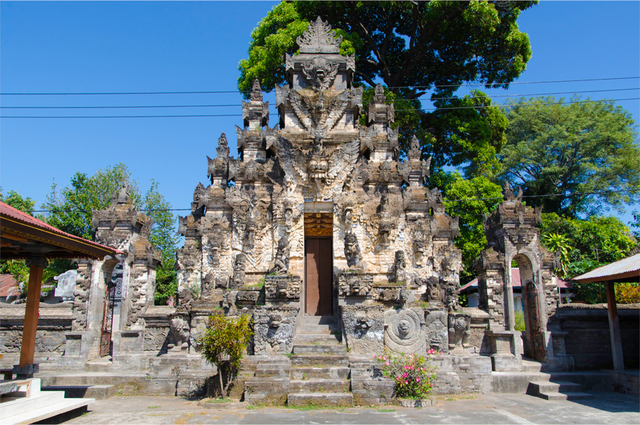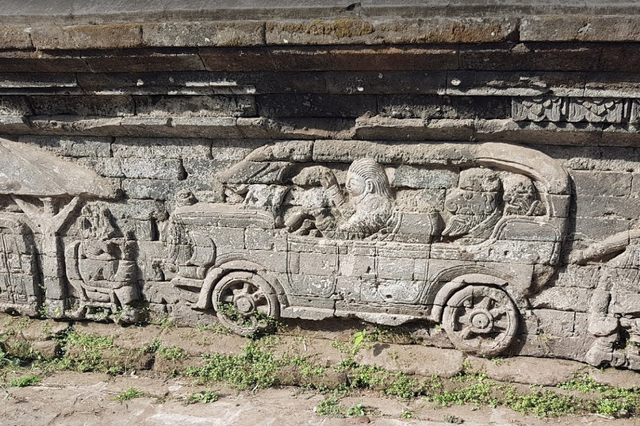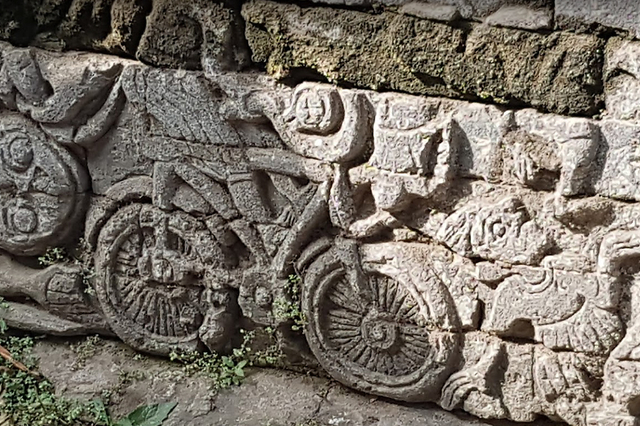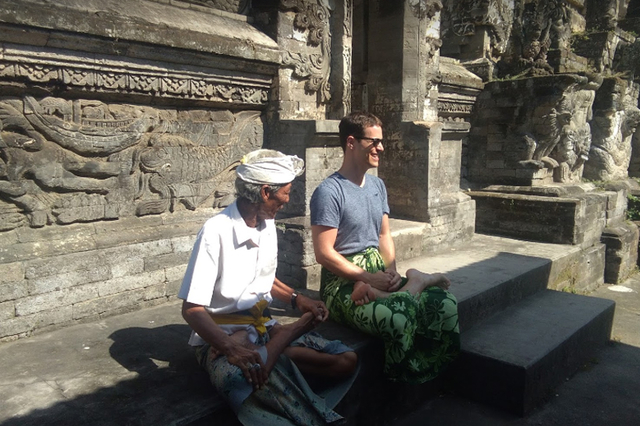
Pura Dalem Segara Madhu, also known as Pura Dalem Jagaraga, is located in the northern part of Bali, 11 kilometers east of the city of Singaraja.
The village of Jagaraga, where the temple is situated, is known for an event in 1849 during the Dutch colonial period when a mass ritual suicide of Balinese people occurred.
Originally built in the 12th century under the rule of King Raj Sri Aji Jagaraga, the temple and royal palace were destroyed during Dutch intervention. Restoration of the temple began in 1865, and it was mostly reconstructed in the form it presents to visitors today.
The complex was constructed as a combination of two temples: Pura Dalem, dedicated to Shiva, and Pura Pradzapat, dedicated to Durga. This was possible because in Hindu mythology, these deities are husband and wife.
The temple walls are adorned with depictions of leaves, flowers, nagas (serpent-like creatures), and human figures.
Pura Dalem Segara Madu is associated with death and destruction rituals, as it is dedicated to Shiva.
The outer sanctuary of the temple (jaba pisan) is located right next to the main village street.
In the middle courtyard (jaba tengah), worshippers enter through elaborately carved gates called "paduraksa," adorned with the head of the mythical creature Bhoma.
Within the middle sanctuary, there are several Balinese pavilions used for preparing offerings, as well as a pavilion for the instruments of the gamelan orchestra.
The innermost courtyard (jeroan) is adorned with shrines dedicated to deities.
Pura Dalem Segara Madu is one of the few temples in Bali with carvings depicting the Western world. Along the perimeter wall carvings, you can find figures such as an airplane crashing into the sea, a ship attacked by a sea monster, and an early 20th-century car.



The reason why some temples in the northern part of Bali feature images associated with European civilization is that in the 19th and 20th centuries, the city of Singaraja served as the maritime gateway to the island.
You can add one right now!